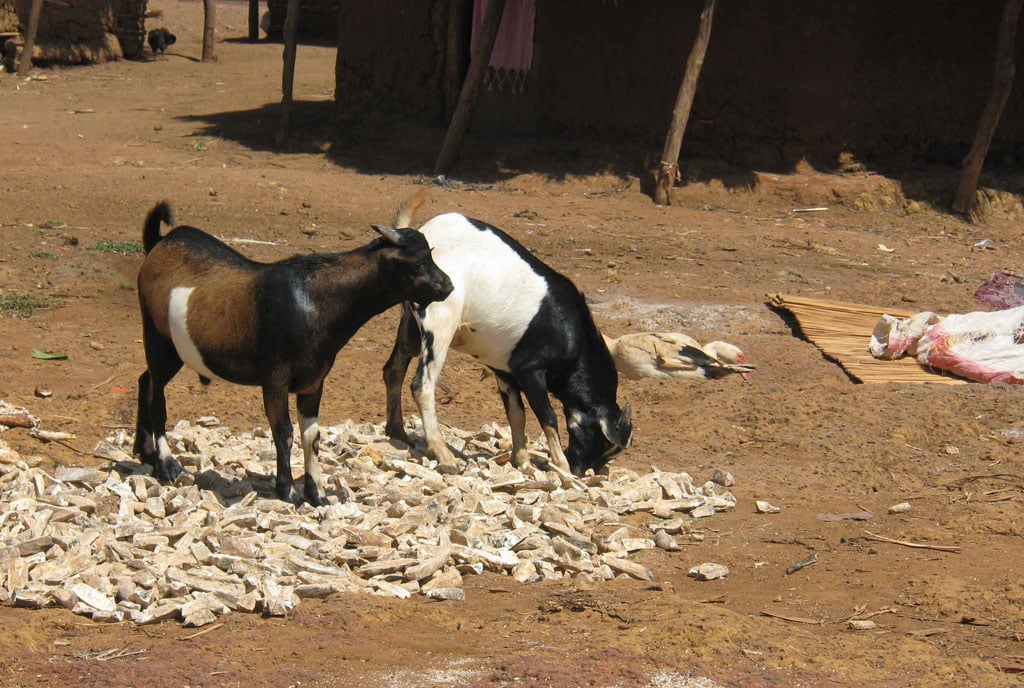
Juliet Katusiime Zizinga (PhD). Photo/Courtesy
Although majority of the population in the world still resides in rural areas, urbanisation is growing at a rate expected to be double by 2050 (Worldbank,2023). About 74 percent of Uganda’s population resides in rural area and engage in small-scale, subsistence agriculture mostly. Small scale agriculture as model has passed through generations fulfilling the growing of own food for immediate household consumption.
Indeed, small scale or sometimes called family farming still can sustain many household’s food and nutritional needs when done well. The practice equally informs the background that I use to rally us to grow our food basing on several reasons such as the reduced size of land that we ought to use efficiently to eliminate hunger and other food and income deficiencies.
Equally, with time, the growth and view of agriculture as a business has led to some households focusing more on the income generation at the expense of their immediate food and nutritional needs. Although the earned money from sales could be used to buy food, oftentimes, other financial needs such as educational and health fees tend to take centre stage. Factors like urbanisation, soil and other environmental resources degradation, the push and growth of global food markets and trade are growing the reliance on markets for food. This trajectory has come with merits such as improving food access and variety to those with purchase power, growing the food value chain and thus reducing food loss. There are demerits too, such as nutritional deficiencies due to inability to afford purchasing a balanced diet as urbanisation is expanding with another crisis---the rising number of the so called urban poor.
As less people engage in growing their food, and relegate duty to sometimes unregulated or even regulated but corrupt food institutions, and commercial players, we are registering abuse in fertiliser and pesticides use, risking contamination during the various crop processes such as during post-harvest handling and we risk the increasing weaponisation of food in times of conflicts or instability. It is therefore, important to have a say on what one eats, grows, and pass on to generations in terms of seed, practice and or culture. An act otherwise called, food sovereignty. We ought to appreciate that growing own food is an opportunity to ensure nutritional diversity derived from the garden nearby, consumed with limited worry of the potential financial costs that arise in the case of purchase.
In that regard, I want to commend those who still grow their own food. They are contributing to food security, utilising the land as a resource, and contributing to on-farm biodiversity and conservation of seed and other plant reproductive materials, especially, in the case of a planned system that ensures integration. They are nourishing the culture and belonging that is associated with that food, learning and knowledge exchange across generations, cultures and practices. They are also being economical and making the attainment of food cheaper and affordable while at the same time contributing to peace and stability as we escape chances of food weaponisation. Importantly, there is still a commendable level of food safety, thus, a possibility of healthy living as majority of the crop growing and animal rearing is still reliant on conventional practices and the Participatory Guarantee System, where trust is within the community of participants and in due course facilitating values that can strengthen the food, seed systems and industry. We need them to continue growing food and want many to join in the growing of own food.
To sustain the move however, we must improve our interest in ensuring a good environment and climate so that the cost to grow food is less straining compared to the yields. This includes choosing farming methods that are not detrimental to the environment, such as the agroecological methods. We need to put some checks on the rate of population growth or family expansion, thus, reduce the pressure to produce more food, but also to ensure that small-scale practices can produce enough for the people needed to feed. Small space farming techniques need to be promoted, especially among the urban and peri-urban settings. Better still, revisit our urban planning and house planning and ensuring land allocation to securing space for hobby farming and more. To make it more practical, we can set a target both individual and community targets of say 30 percent, 50 percent, 70 percent depending on resources to be own grown food for consumption. This includes growing and exploring rural homes as part of your urban supply chain. As a society, let us raise awareness on the benefits of growing a portion or whole of own food and continuously ask that state policies align, while as individuals ensure a balance in farming objectives.
Ms Juliet Katusiime Zizinga (PhD) is an environmental sustainability researcher and advocate.




